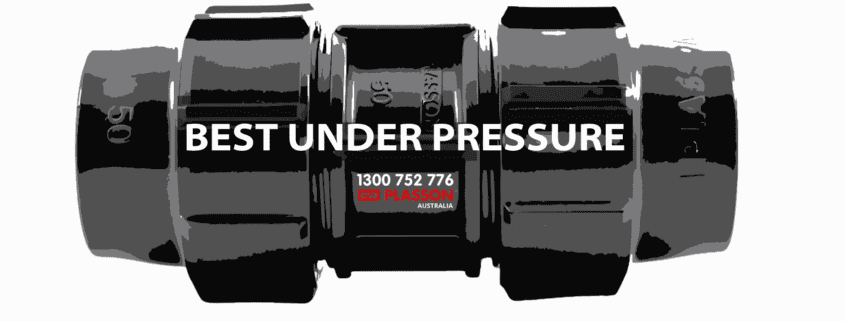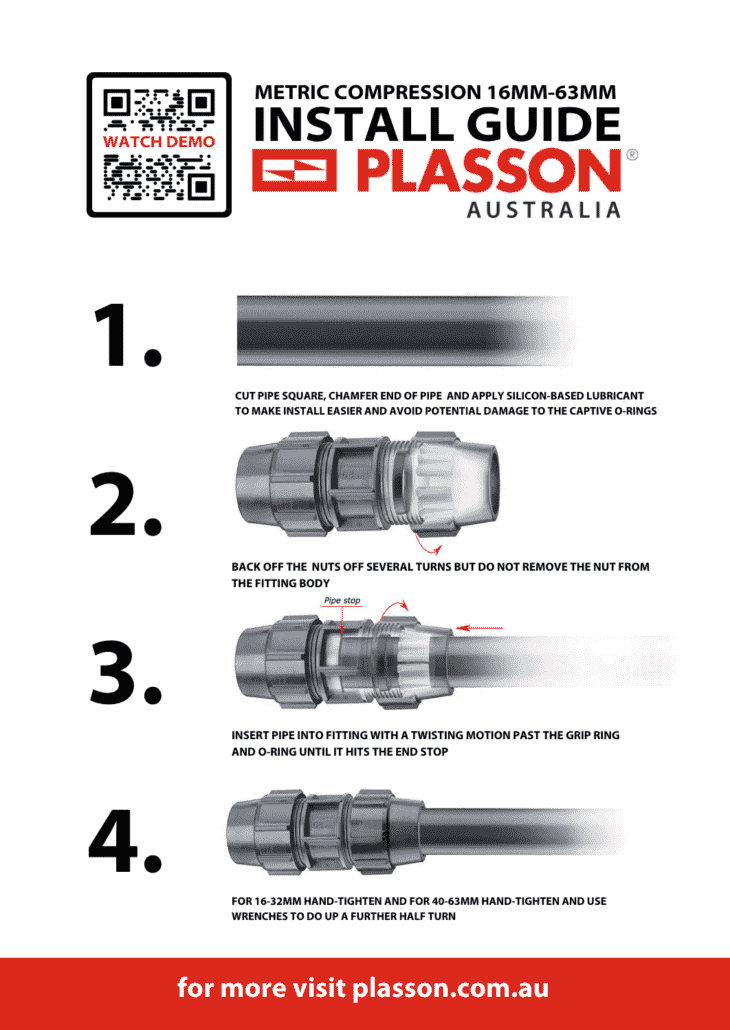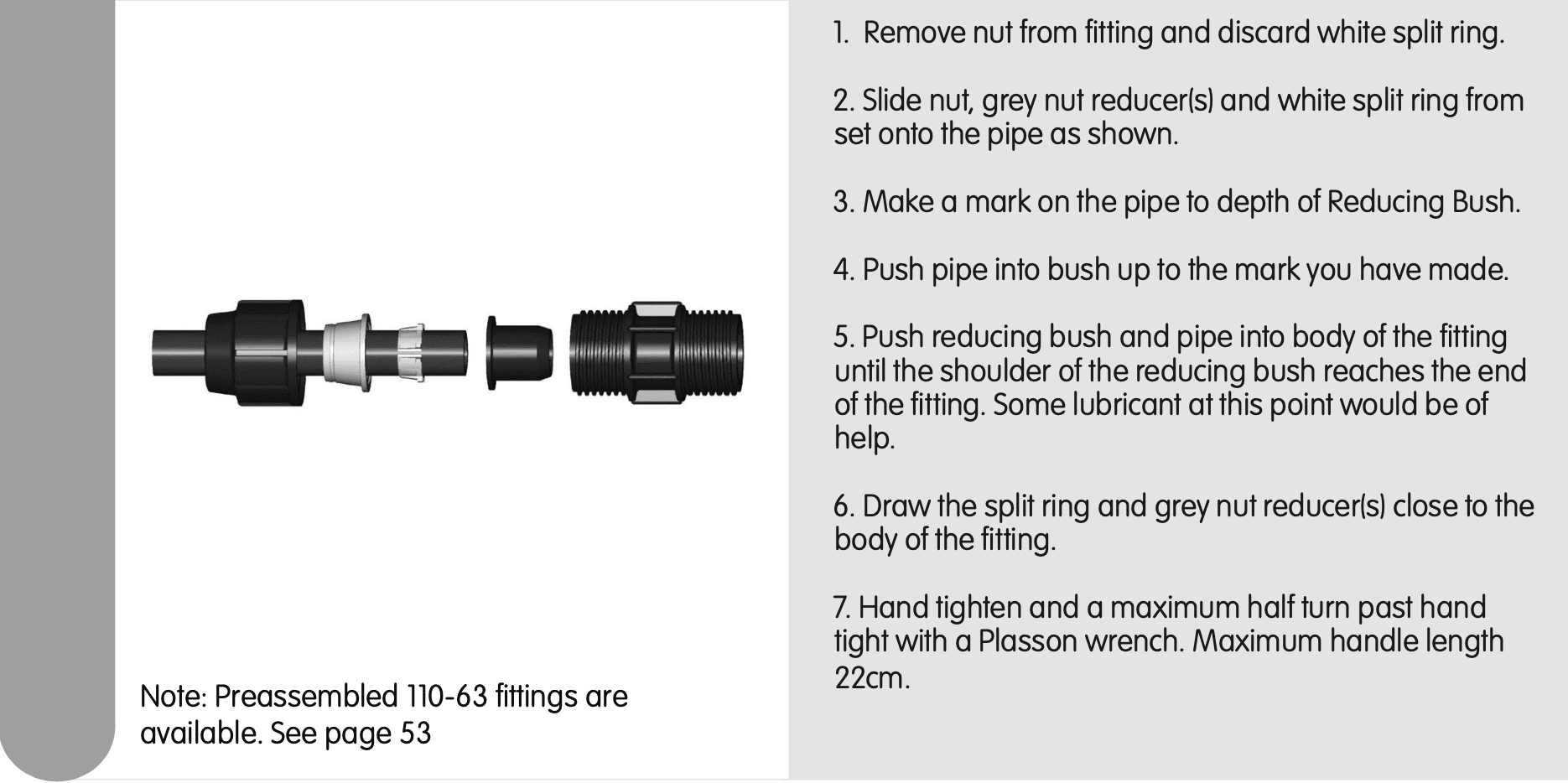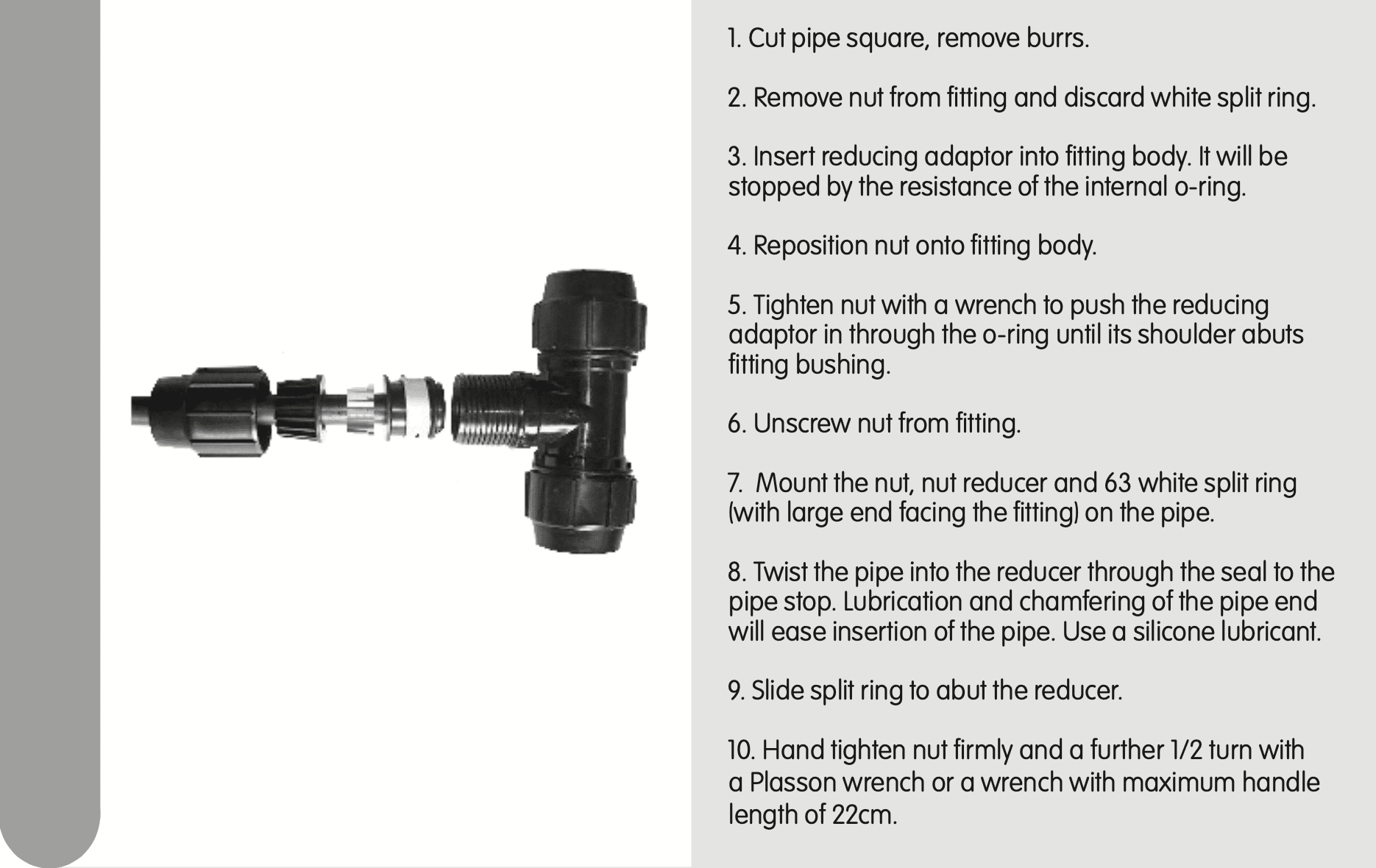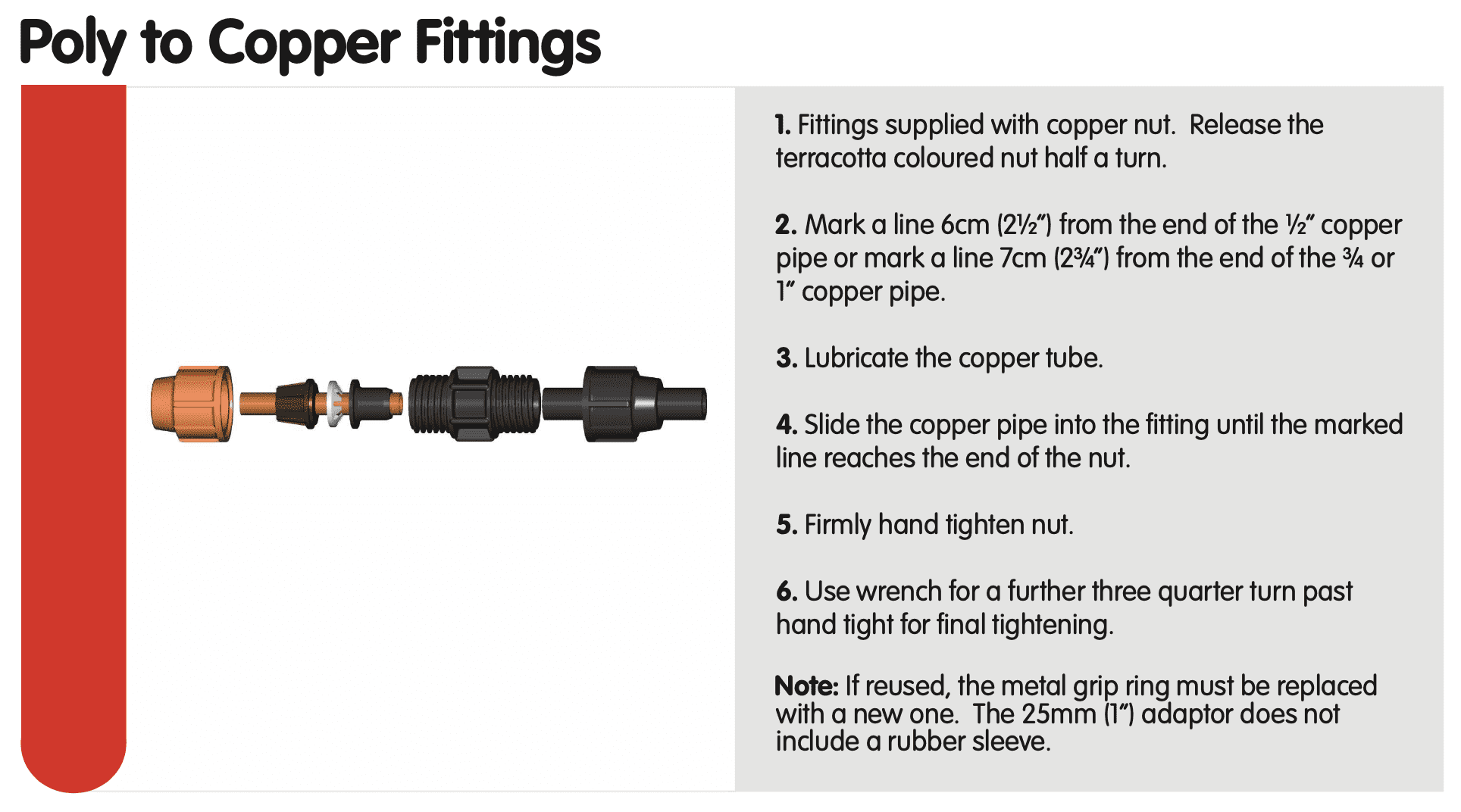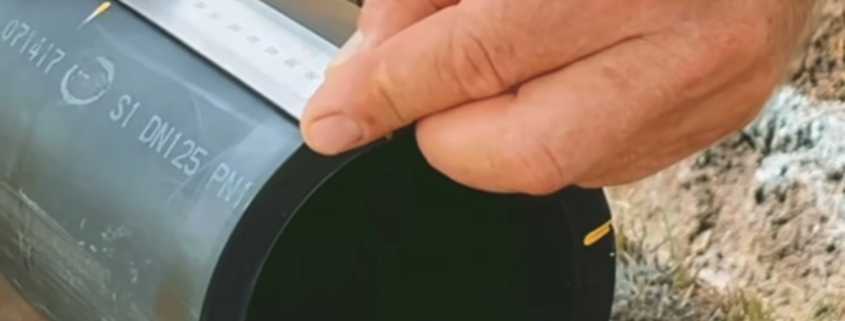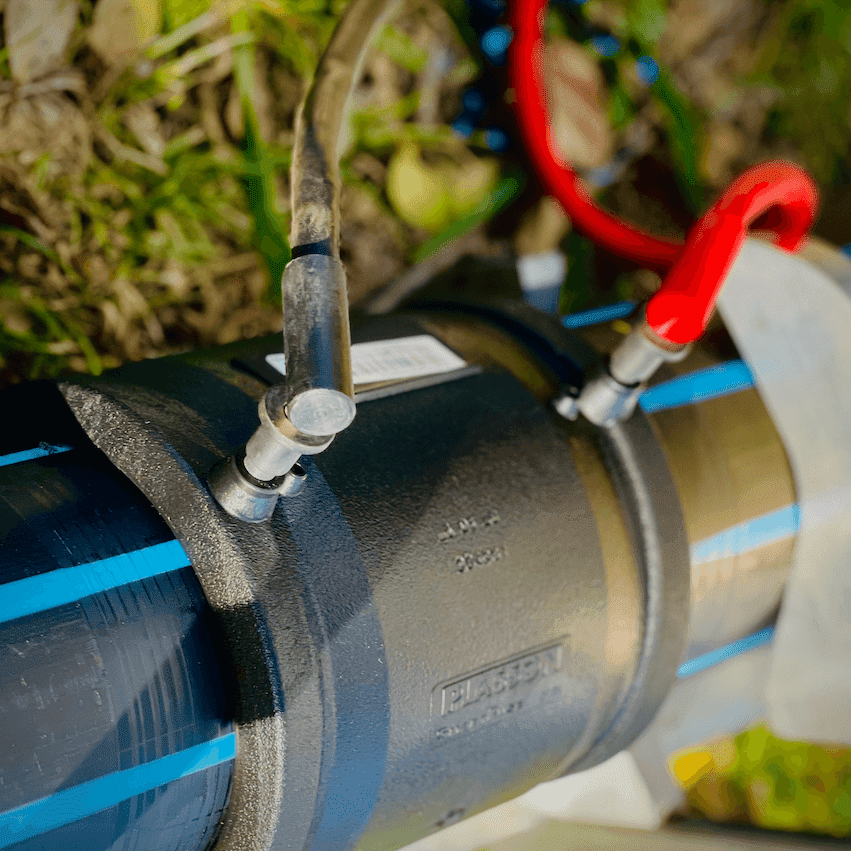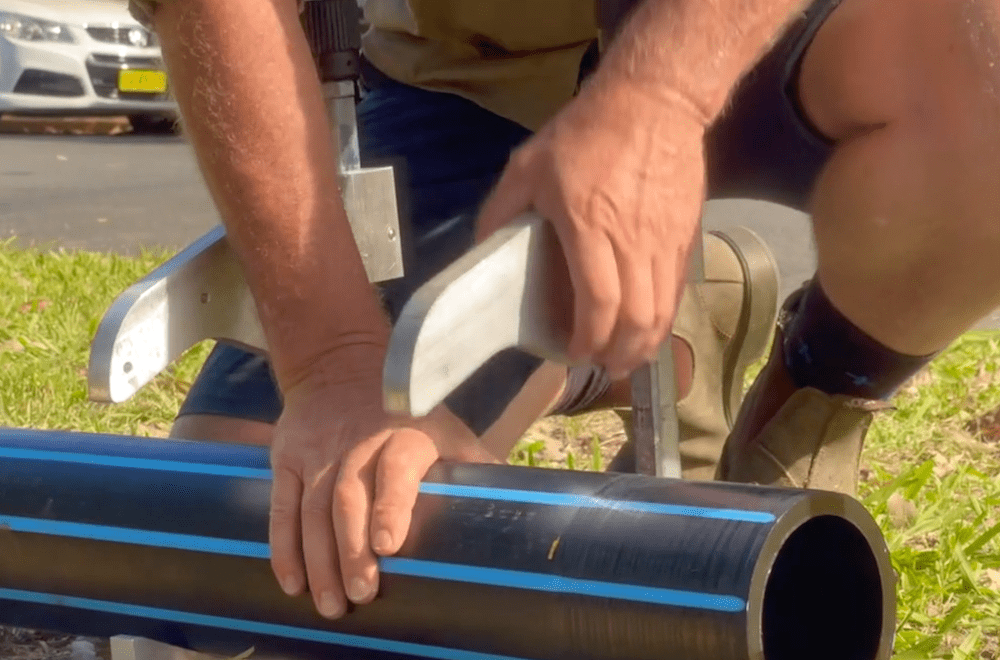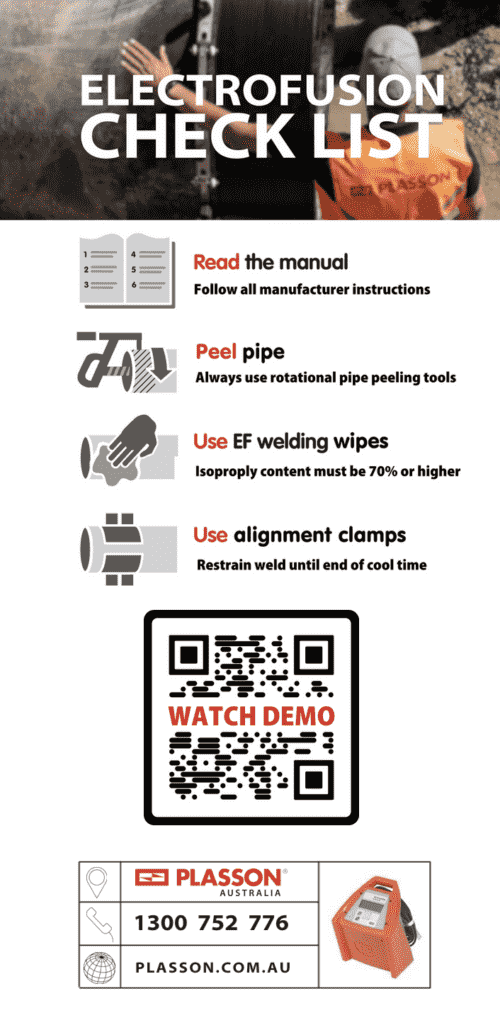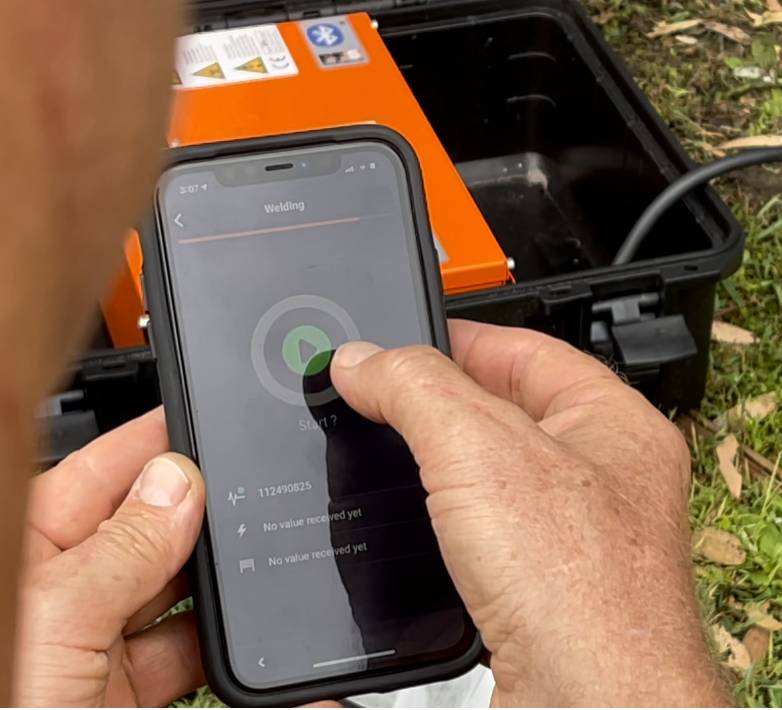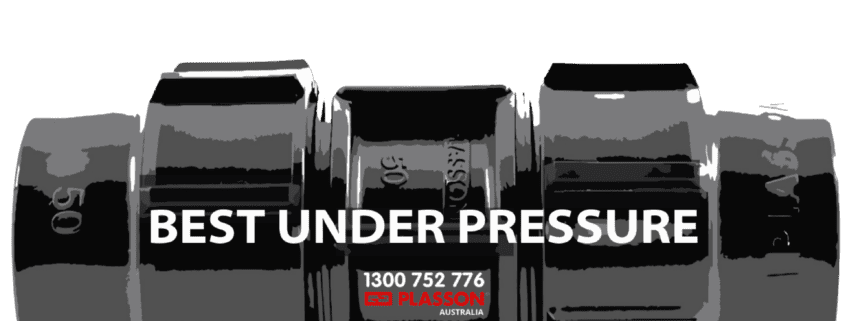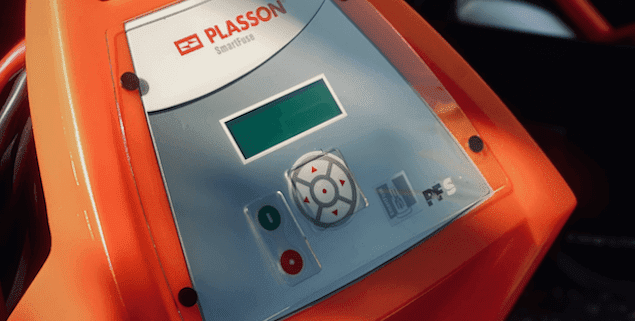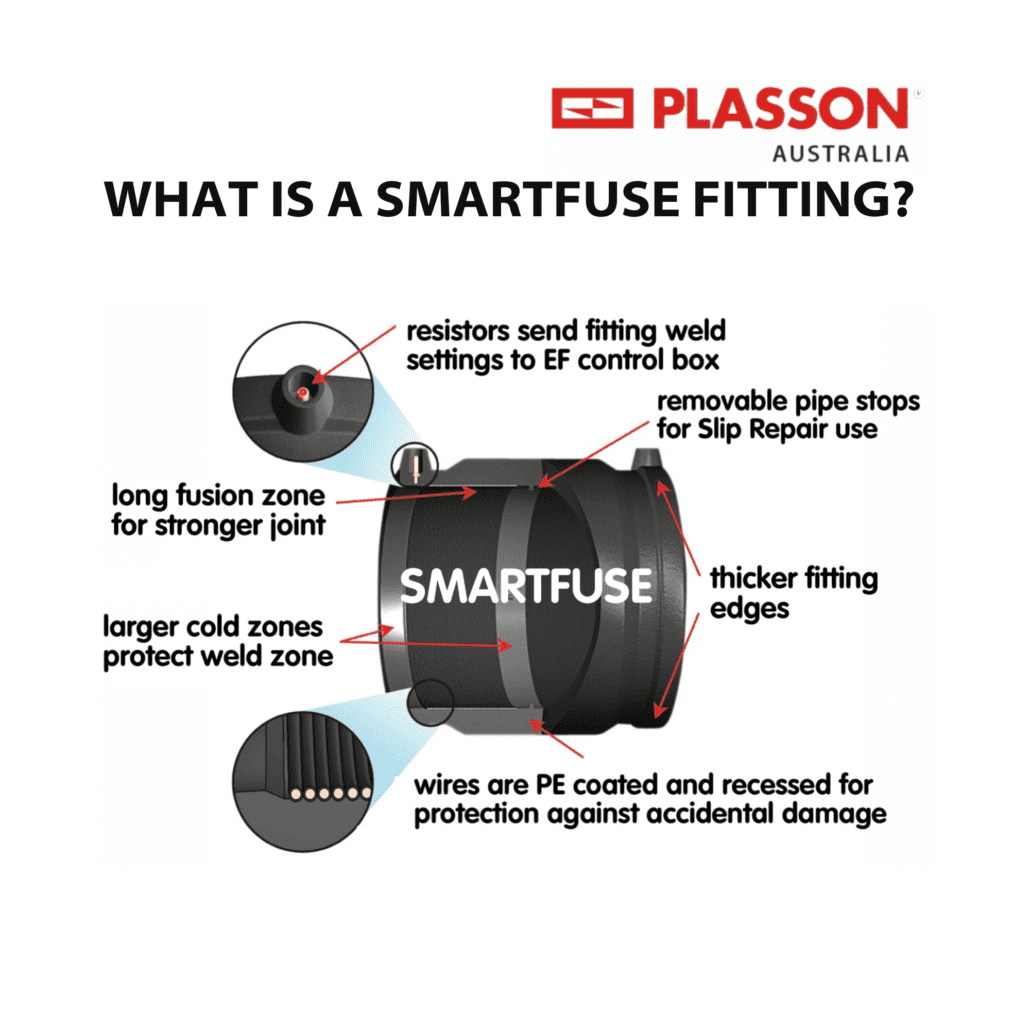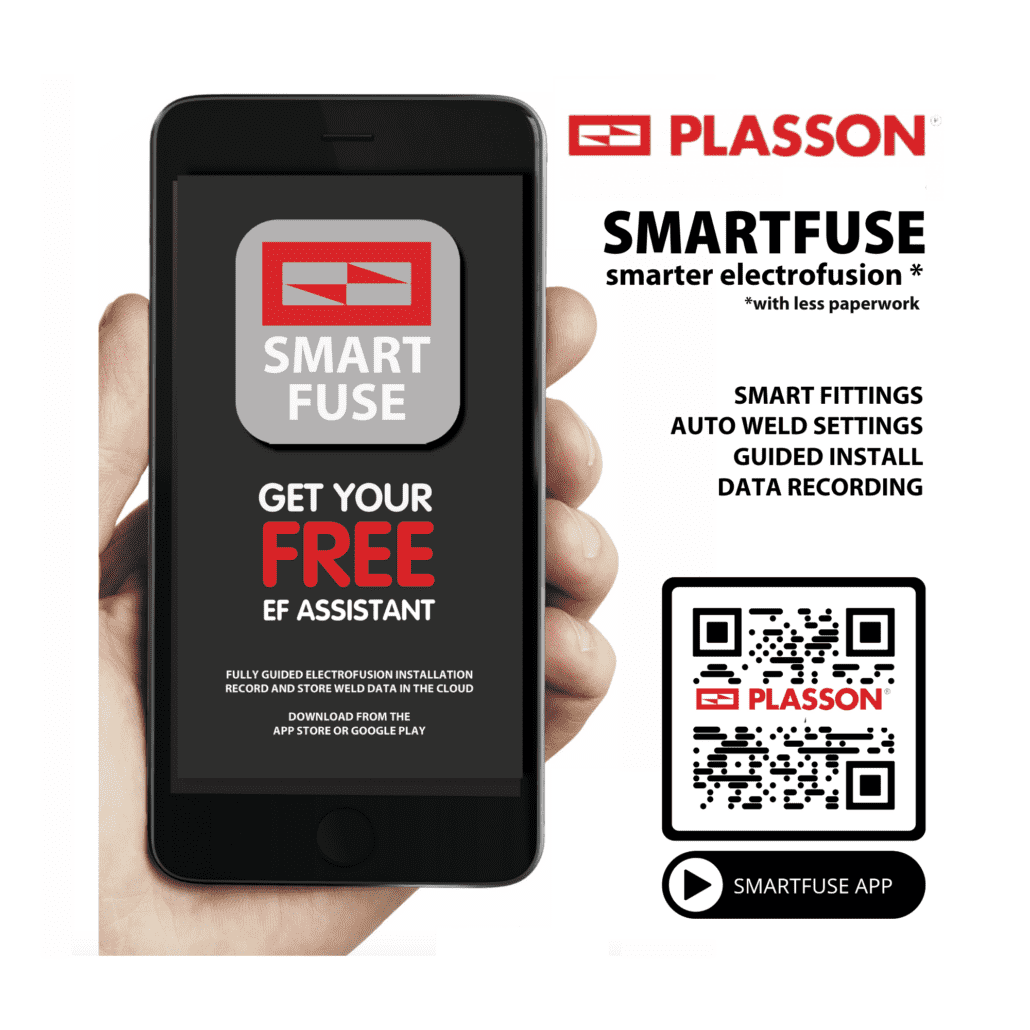PLASSON’s range of poly pipe fittings can help you complete any irrigation project. PLASSON fittings are high quality, UV stablised and corrosion-free to deliver leak-free watering systems that last. Our metric compression fittings up to 63mm also feature captive O-rings which seal the instant the fitting goes on the pipe – which can save both time and water during install.
PLASSON’s unique captive O-rings and longer body design help you achieve long lasting, leak-free poly pipe joins, even in tough install conditions and in both hot and cold climates.
The metric compression fitting range offers reliable options for joining blue stripe poly pipe as well as lilac pipe for recycled water.
PLASSON’s Rural range has been specially engineered to join ag green stripe pipe. The innovative red barbed ends allow PLASSON Rural poly pipe joiners to connect both metric and imperial dimension pipe.
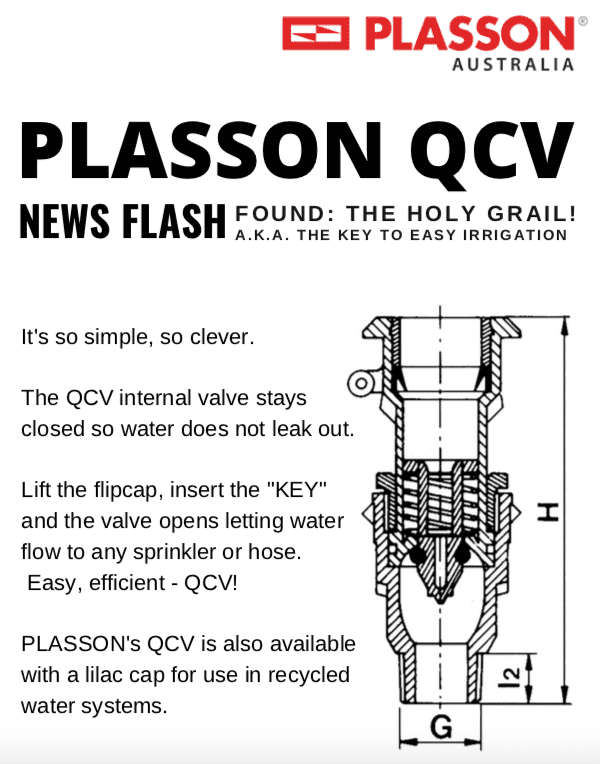
IRRIGATION FITTINGS THAT ARE SIMPLE YET SMART
PLASSON’s Quick Coupling Valve delivers easy control of pressurized water with a simple valve and key system.
This system can be installed almost anywhere with no power needed and no software required to make it work. Just plug in the key, the valve is activated and water flows. Unplug the key, the valve closes and flow is switched off.
PLASSON also offers a lilac cap QVC for grey water and recycled water systems.

Increasingly, recycled water is now supplied to homes and businesses through purple pipes. These pipes supply water for flushing toilets, washing clothes and outdoor uses such as watering gardens in homes and businesses. The lilac cap QCV is designed to connect to recycled water supply to provide safe and secure connections for garden watering equipment, like sprinklers and hoses, as well as other irrigation tools.
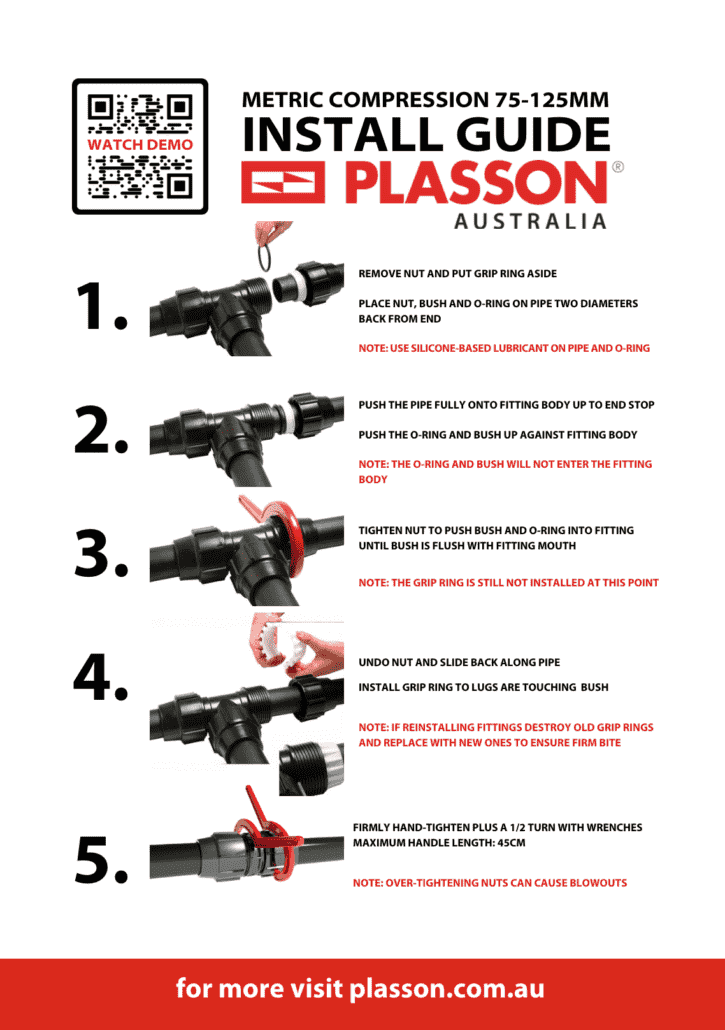
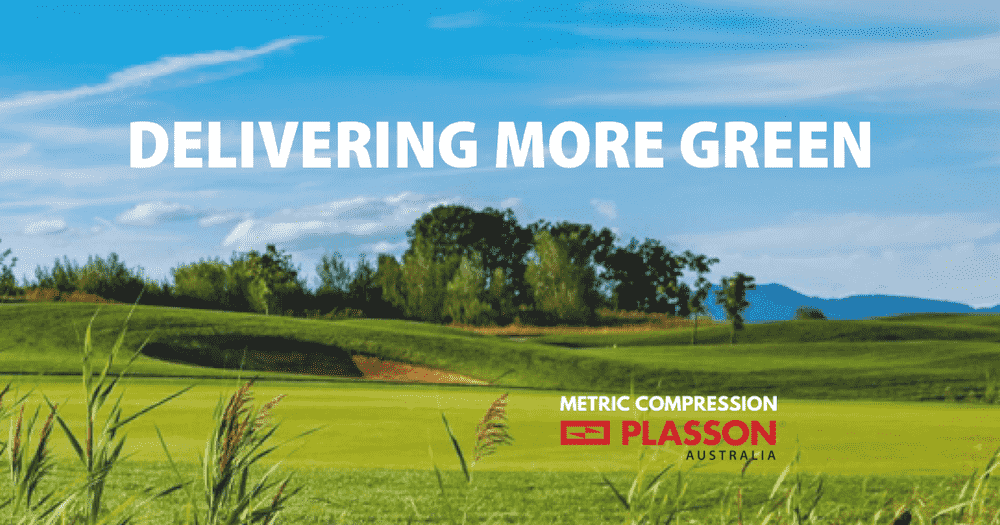
PLASSON has always been a leading innovator – it was our technology that helped give the world the dual flush toilet cistern!
We are committed to providing a world-leading range of poly pipe joiners that deliver reliable. long-lasting PE pipelines.
PLASSON has always been a leading innovator – it was our technology that gave the world the dual flush toilet cistern!
We are committed to providing a world-leading range of poly pipe joiners that deliver reliable. long-lasting PE pipelines.
PLASSON products can be found in municipal water distribution systems, gas conveyance systems, industrial fluids transfer and wastewater systems and mines in over 80 countries around the world.


